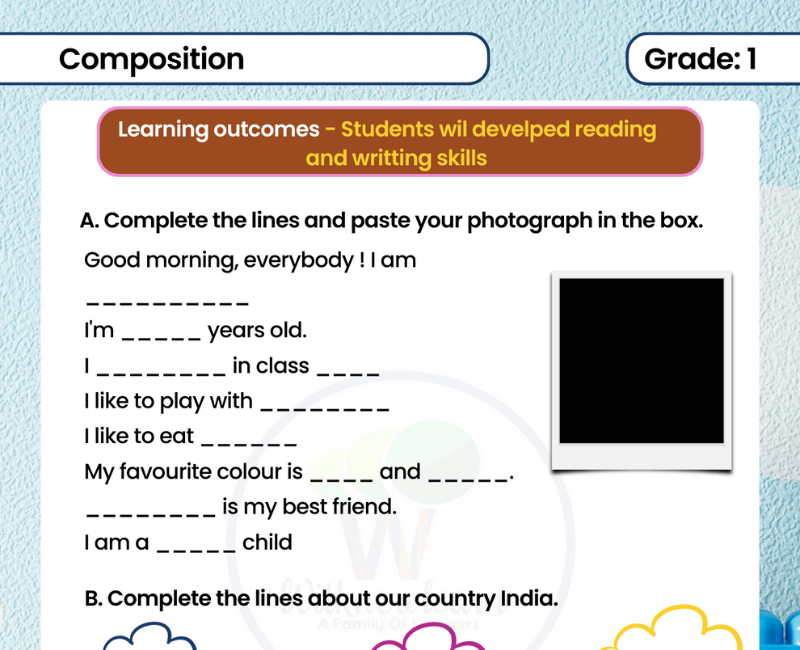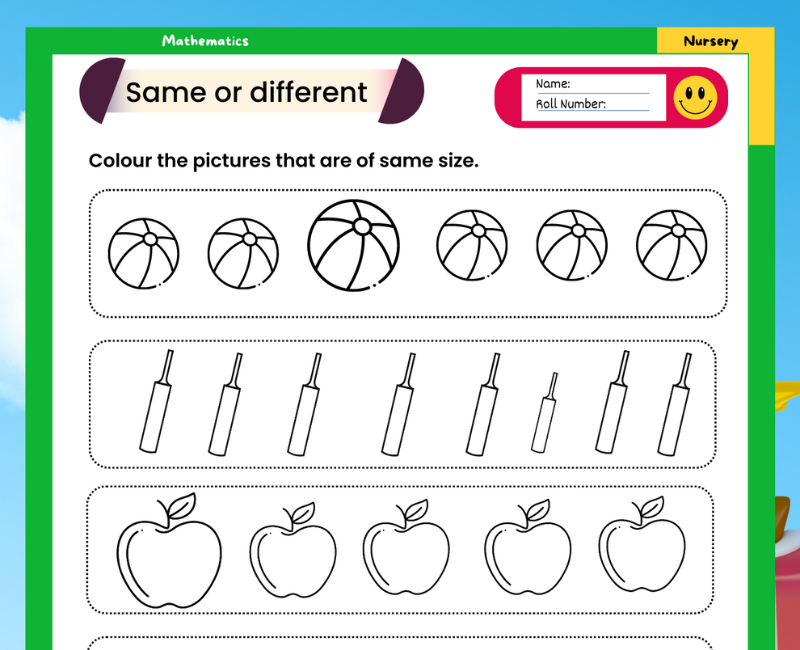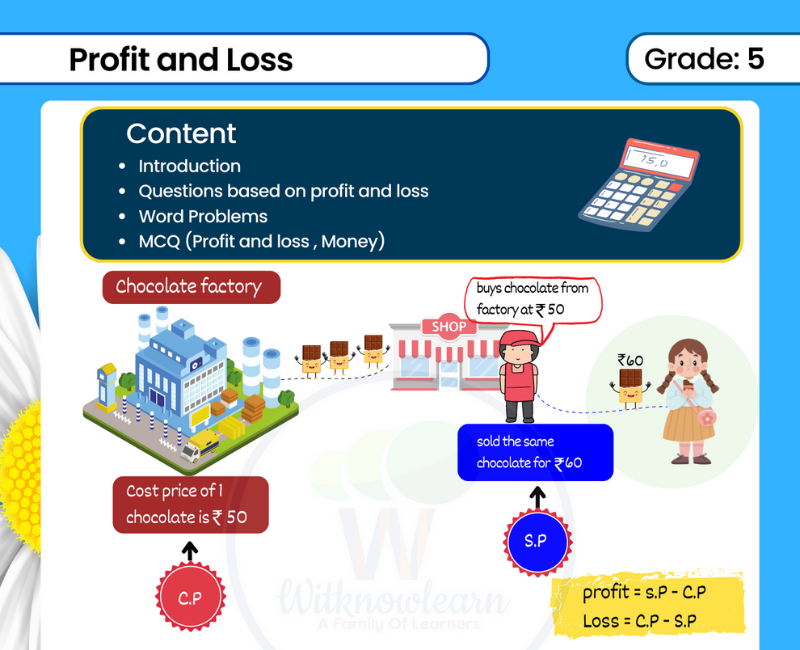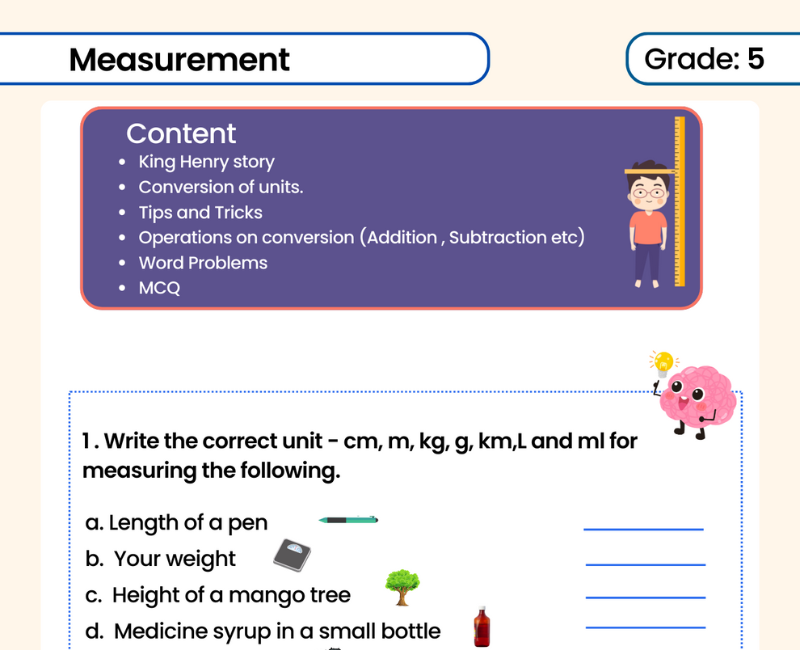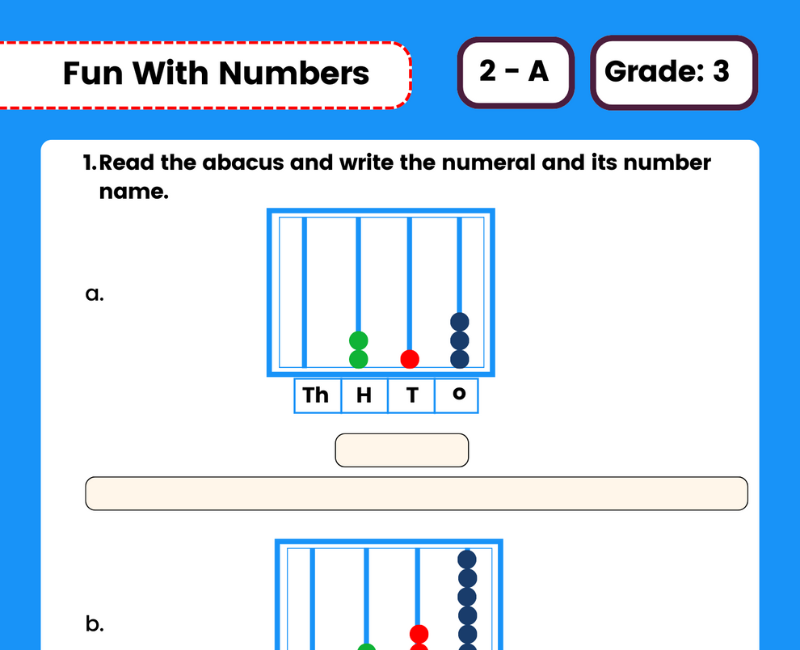Free Printable Picture Composition Worksheet For Class 1
Free Picture Composition Worksheets For Class 1
Looking for a fun writing activity for your first grade students? Look no further than this free printable picture composition worksheet! It's perfect for introducing the basics of storytelling and providing students with an opportunity to practice their creative writing skills. This worksheet includes a picture prompt, guiding questions, and room to write a story based on the given image. Download it now and get your students started on this exciting task!
Picture composition worksheets are a fantastic way to improve the writing and language skills of Class 1 students. As a parent or teacher, you know how important it is to encourage your child's creativity and imagination. Picture composition worksheets provide an opportunity for students to develop these skills while enhancing their ability to express their thoughts and ideas in writing. These worksheets include age-appropriate pictures that students can use as inspiration to create their own stories. By using these worksheets, students will develop their vocabulary, sentence structure, and grammar skills. These worksheets are an excellent resource for parents and teachers who want to help their child excel in English language learning
Picture composition for kids
Picture composition worksheets are educational resources designed to help students develop their writing and language skills by creating stories based on pictures. These worksheets usually include a series of pictures that depict a scene or situation. Students are required to use their imagination and creativity to compose a story based on the pictures provided.
Picture composition worksheets are often used in classrooms to encourage students to develop their writing skills and improve their vocabulary, sentence structure, and grammar. They are also a popular tool for parents who want to help their child improve their writing skills at home.
By using picture composition worksheets, students are encouraged to think critically and creatively, while also improving their language skills. These worksheets provide an excellent opportunity for students to express themselves in writing and develop their storytelling abilities.
Picture composition worksheets are a fantastic way to develop writing and language skills in young learners. These worksheets often include a series of pictures that students use to create their own stories. They are an excellent resource for teachers and parents looking to enhance their child's creativity, critical thinking, and writing abilities. Our picture composition worksheets come with answers, making it easy for parents and teachers to evaluate and provide feedback. We offer a variety of picture composition worksheets with answers in PDF format, including worksheets for Class 1 students. These worksheets provide examples of picture compositions that can be used as a reference for students who are just learning how to write compositions.
Picture composition is an essential skill that every budding artist needs to master. In the first class of a picture composition course, students will learn the fundamental principles of creating visually appealing and balanced images. The class will begin with an introduction to basic design elements, such as color, shape, line, texture, and space, and their role in creating a cohesive composition. The instructor will also cover techniques for creating a focal point and using contrast and repetition to add interest to a piece.
Students will also learn about the importance of selecting the right subject matter for their artwork. They will be encouraged to think about the story they want to tell and how they can use the composition to communicate their message effectively. They will explore different genres, such as still life, landscapes, and portraits, and experiment with different angles and perspectives to create a unique and engaging image.
Throughout the class, students will be encouraged to develop their own style and voice as artists. They will receive feedback from the instructor and their peers, and learn how to incorporate constructive criticism into their work. They will also be introduced to various tools and techniques, such as the rule of thirds, leading lines, and symmetry, to help them create more dynamic and visually appealing compositions.
At the end of the course, students will have a solid foundation in picture composition, which they can apply to any medium, whether it be traditional drawing and painting or digital art. They will have the skills and knowledge to create compelling and expressive images that tell a story and capture the viewer's attention. Whether they are pursuing a career in the arts or simply looking to develop a new hobby, a picture composition class is an excellent way to build their creative skills and express their unique perspective through their artwork
FAQs
Q: What is picture composition?
A: Picture composition is the arrangement of visual elements within an artwork, such as color, shape, line, texture, and space, to create a visually appealing and balanced image.
Q: Why is picture composition important?
A: Picture composition is important because it can help to communicate the artist's message effectively and capture the viewer's attention. A well-composed image can also create a sense of balance and harmony, which can enhance the viewer's experience.
Q: What are some basic principles of picture composition?
A: Some basic principles of picture composition include balance, contrast, repetition, focal point, and visual hierarchy.
Q: What are some techniques for creating a focal point in a composition?
A: Some techniques for creating a focal point include using color, contrast, size, and placement.
Q: What are some common genres in picture composition?
A: Some common genres in picture composition include still life, landscapes, portraits, and abstract art.
Q: How can I improve my picture composition skills?
A: You can improve your picture composition skills by studying the work of other artists, practicing drawing and painting, experimenting with different techniques, and seeking feedback from others.
Q: Can picture composition be applied to digital art?
A: Yes, picture composition can be applied to any medium, including digital art. The same principles and techniques used in traditional art can be used in digital art as well.
Q: Is it necessary to follow strict rules when it comes to picture composition?
A: No, while there are certain principles and techniques that can be used to create a well-composed image, there are no strict rules that must be followed. Ultimately, the artist has the freedom to create their own unique composition.

